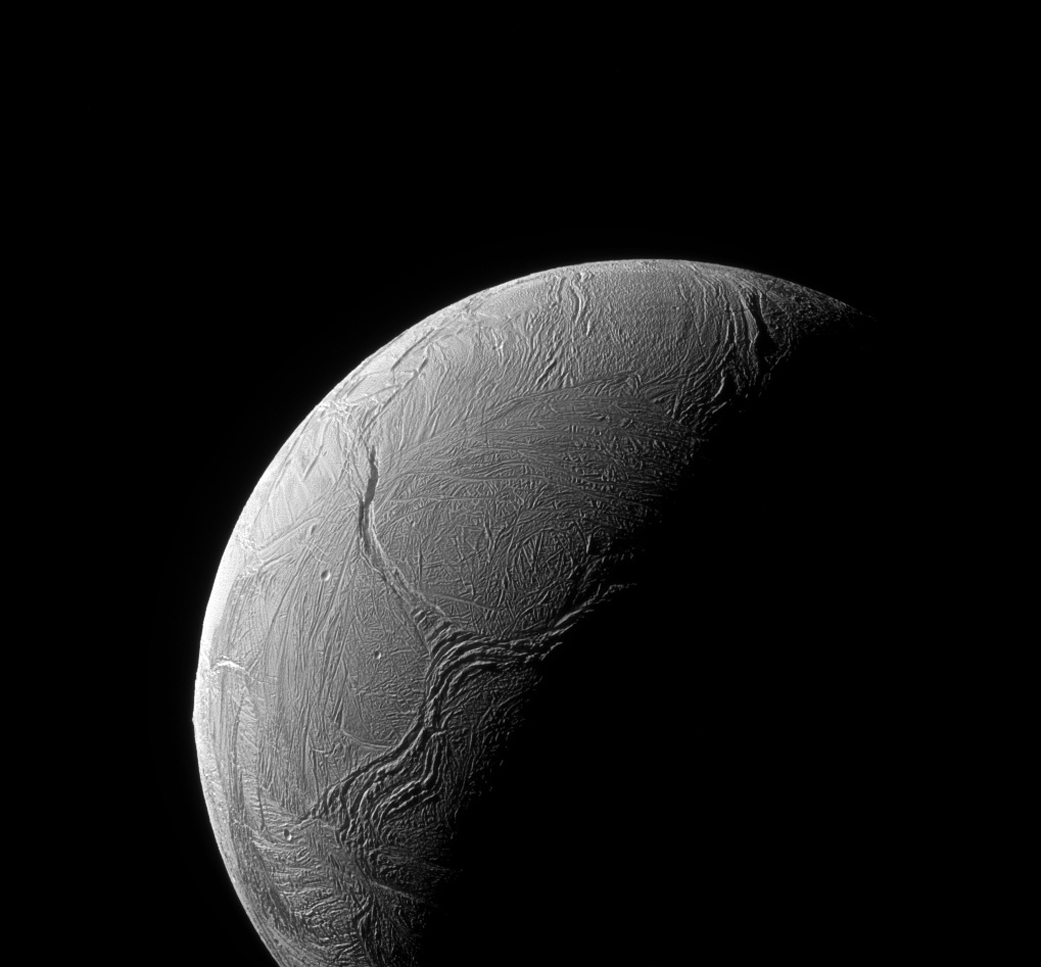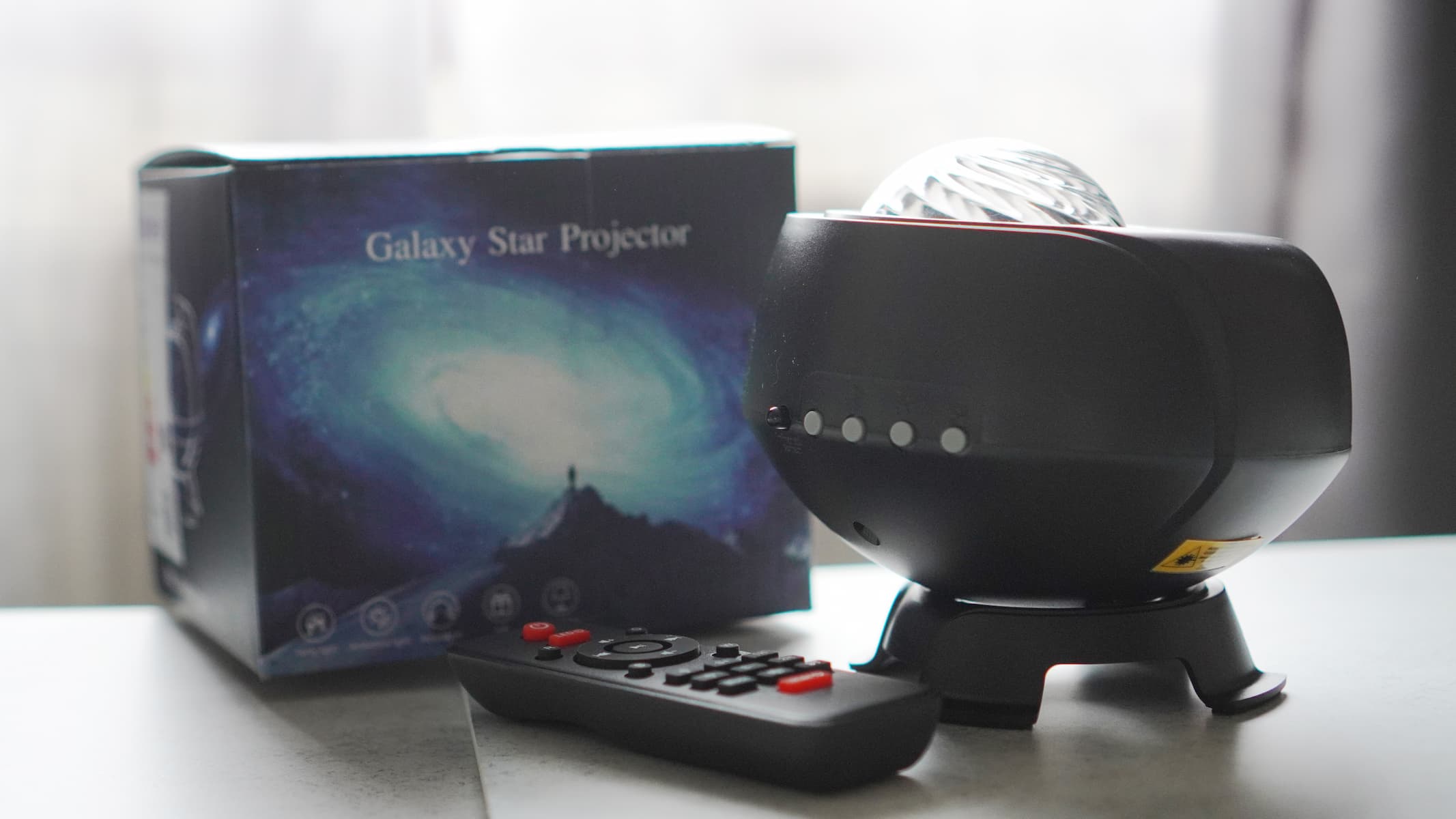Odd 'Y' Shape Dominates Saturn Moon Enceladus (Photo)

A strange Y-shaped feature stretches like a tentacled monster across the icy surface of Saturn's moon Enceladus in a new image from NASA's Cassini spacecraft.
The giant, sinuous "Y," which appears at the boundary between sunlight and darkness in the photo, is a tectonic feature related to stresses in the icy shell of Enceladus, NASA officials said.
Such "Y-shaped discontinuities" likely arise "when surface material attempts to push northward, compressing or displacing existing ice along the way," NASA officials wrote Monday (April 18) in a description of the image.
"Such features are also believed to be relatively young based on their lack of impact craters — a reminder of how surprisingly geologically active Enceladus is," they added.
Enceladus is famous for the geysers near its south pole, which blast water ice and other material into space continuously. The 313-mile-wide (504 kilometers) moon is thought to harbor a huge ocean of liquid water beneath its icy shell; the geysers offer a way to sample this ocean from afar, without touching down on Enceladus, scientists say.
Cassini has flown through the plume created by the geysers multiple times since its arrival in the Saturn system in 2004. Though Cassini is not equipped to hunt for signs of life, the probe has spotted organic materials — the building blocks of life as we know it — within the plume. (Many astrobiologists regard Enceladus as one of the solar system's best bets to host alien life.)
Cassini took the newly released image on Feb. 15, 2016, at a distance of about 60,000 miles (100,000 km) from Enceladus. The spacecraft has made a series of close flybys of the moon in recent months, to gain more information about its geological history and environment.
Get the Space.com Newsletter
Breaking space news, the latest updates on rocket launches, skywatching events and more!
The surface of Enceladus is believed to be possibly less than 100 million years old, which would make it one of the youngest surfaces in the solar system. The moon reflects almost 100 percent of the light that hits its surface because it is so icy, scientists say.
Follow Elizabeth Howell @howellspace, or Space.com @Spacedotcom. We're also on Facebook and Google+. Originally published on Space.com.
Join our Space Forums to keep talking space on the latest missions, night sky and more! And if you have a news tip, correction or comment, let us know at: community@space.com.

Elizabeth Howell (she/her), Ph.D., was a staff writer in the spaceflight channel between 2022 and 2024 specializing in Canadian space news. She was contributing writer for Space.com for 10 years from 2012 to 2024. Elizabeth's reporting includes multiple exclusives with the White House, leading world coverage about a lost-and-found space tomato on the International Space Station, witnessing five human spaceflight launches on two continents, flying parabolic, working inside a spacesuit, and participating in a simulated Mars mission. Her latest book, "Why Am I Taller?" (ECW Press, 2022) is co-written with astronaut Dave Williams.
